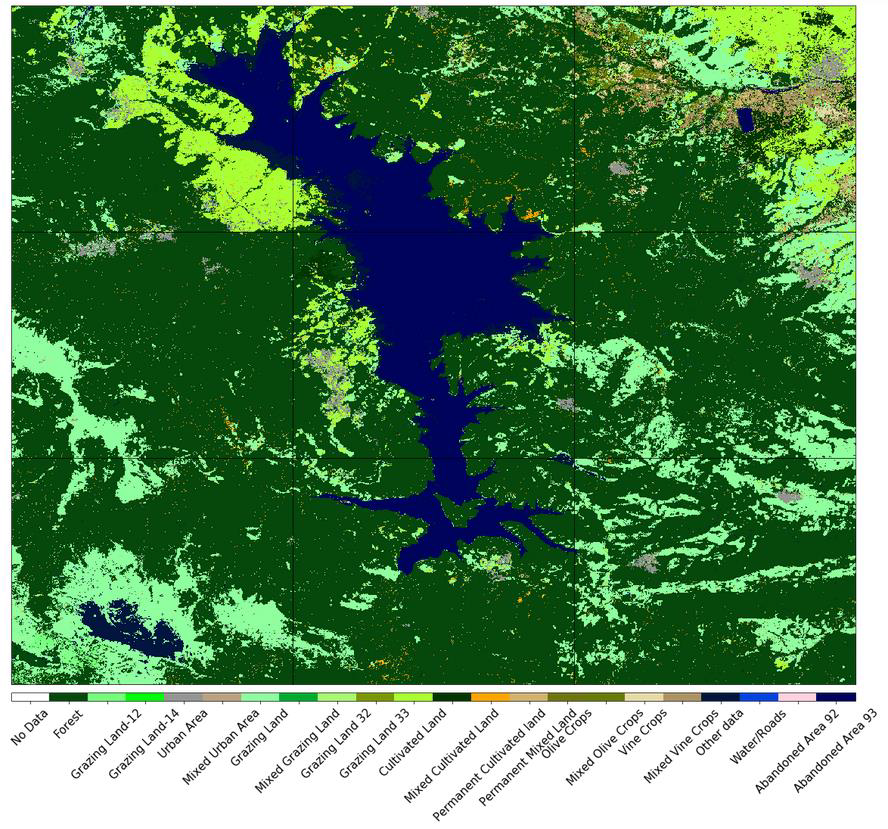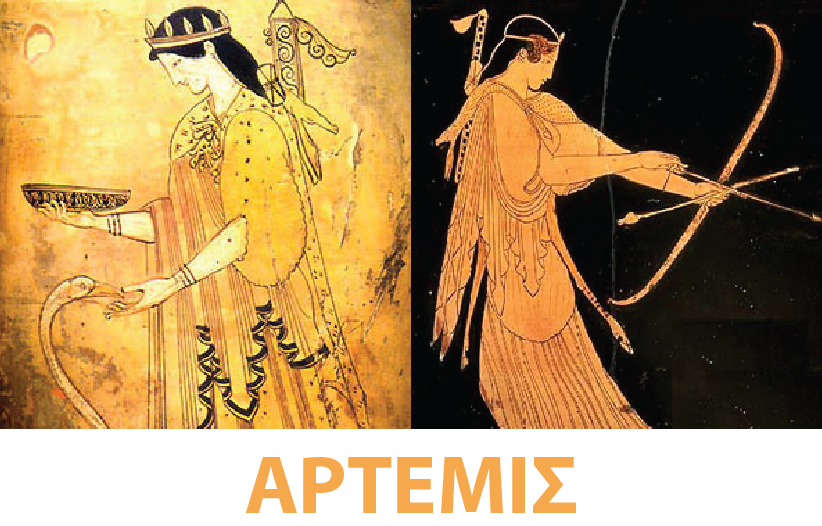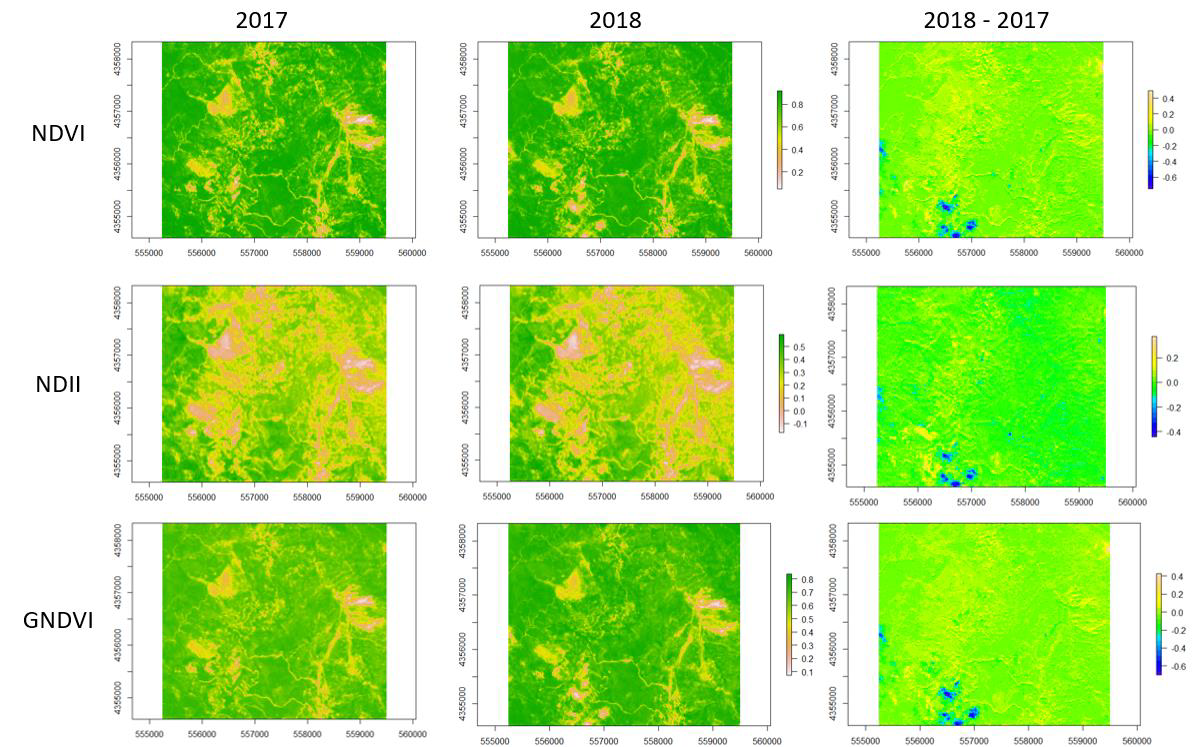Work Package 1: “Technical feasibility study”
Work Package 1 (WP1) started from the first month of the project (M1) and ended in the last (M48). Its main subject was the feasibility study, the market analysis and finally the development of the business plan for ARTEMIS. In this context, the project’s stakeholder groups (Communities of Practice – CoP) were created with the aim of evaluating, identifying possible weaknesses and ultimately helping the project team in all phases of its implementation. The input of the CoPs was obtained through the creation of appropriate questionnaires, which were sent and answered at different phases of the project. The responses were taken into account especially during the implementation of the platform and the development of the business plan. More information about the questionnaires and answers can be found here.
Work Package 2: “Service specifications and design”
Work Package 2 (WP2) also started in M1 of the project and was completed in M6. This is a short module but particularly important for the subsequent implementation of ARTEMIS as it includes tasks related to the definition of the specifications for both the data and the service and thus the architecture of the ARTEMIS electronic platform was finally designed.
Work Package 3: “Development of a forest health monitoring system”
WP3 started immediately after the completion of WP2, i.e. M7 and ended in M21. Algorithms for forest health monitoring were developed in this Work Package. In more detail, initially based on WP2, the data used for the implementation of the algorithms were clearly defined. At the same time, the development of (i) segmentation algorithms for the automatic determination of the type of vegetation or crop and (ii) algorithms for monitoring and predicting the health of forest ecosystems took place.
Several machine learning algorithms, both classical (such as the LightGBM algorithm) and deep machine learning algorithms (such as U-NET, CNN, RNN, LSTM), using as input multispectral data from the Sentinel satellites of the European Space Agency (ESA).
 Regarding the algorithms for monitoring and predicting the health of forest ecosystems, spectral vegetation indices from multispectral data were used in order to investigate the spatiotemporal imprinting of any changes in the ecosystems under study. In other words, the monitoring of the health of the forest ecosystems will be carried out based on the possible deviation or “abnormality” of the spectral values of the vegetation indicators in a period of time, in relation to the average observations of the same period for the previous years.
Regarding the algorithms for monitoring and predicting the health of forest ecosystems, spectral vegetation indices from multispectral data were used in order to investigate the spatiotemporal imprinting of any changes in the ecosystems under study. In other words, the monitoring of the health of the forest ecosystems will be carried out based on the possible deviation or “abnormality” of the spectral values of the vegetation indicators in a period of time, in relation to the average observations of the same period for the previous years.
Work Package 4: “Development of the integrated digital platform system”
This Work Package is one of the most important of the project as within its framework the ARTEMIS electronic platform was developed, naturally utilizing all the processing done in EU 3. It started in M1 and was completed almost at the end of the project, M45. The ARTEMIS system addresses the need for the development of reliable tools and methodologies that will support quantitative measurements of specific indicators related to the condition and health of forests. The platform utilizes Sentinel-2 multispectral data in order to calculate and visualize spectral vegetation indices as well as corresponding differences between different time points. The ARTEMIS system incorporates the use of the Google Earth Engine (GEE) cloud computing platform, which provides several advantages:
• Fast access to huge amount of data.
• Possibility of very fast processing of huge amount of data, both spatial and temporal.
• Possibility of automatic processing (via Python scripts) that allow the combination of local and remote data processing. Important is the ability to (automatically) export the final data from Google Earth to google drive, and then to the local computer (server) via the Google Drive API.
In summary, the user has the ability to visualize average monthly images either in natural color composite or spectral vegetation indices for any area of interest within the boundaries of the Karditsa Regional Unit. In addition, the possibility of visualizing differences in monthly images and spectral indices is provided in order to detect any change that implies a deterioration of the health of forest ecosystems. To access the platform, user registration is required after contacting the project team.
Work Package 5: “Pilot application in Forests of Mouzaki Municipality”
The specific Work Package, which started in M18 and was completed in M46, concerns the implementation of services in the selected study areas of the ARTEMIS project, i.e. areas in Vatsouni and Hellinopyrgos. More specifically, field measurements were carried out in the above areas in order to assess the state of the forest ecosystems but also to train the image classification algorithms and to assess the accuracy of the produced thematic products used in the context of WP3. Analyzes were also carried out with SAR data, using the phase information and the Interferometry technique in order to produce Interferometric Land Use (ILU) and Multi-Temporal Coherence (MTC) products for different time periods, which can detect any changes in land cover. It is noted that no noticeable change was observed between the years studied (2017-2020). Based on all the processing of WP3 and the current WP (field measurements, SAR data), a report was drawn up by the project team on the health status of the chestnut forest in the study area.
Work Package 6: “Commercialization – Enhancing competitiveness”
Work Package 6 started on M24 and was completed on M46. It is the Work Package which started last as the results of the ARTEMIS project had to be at an advanced stage in order for the team to be able to plan their commercialization. In the context of this section, copyright management was also done.
Work Package 7: “Participation in a trade fair”
In the framework of this Work Package, the ARTEMIS project team participated in the 85th International Exhibition of Thessaloniki (TEF 2021) presenting the project. In the context of the dissemination and promotion activities of ARTEMIS, special promotional material was created (banner, information brochure and ecological bag). The project team got in touch with interested and potential customers of the platform, to whom it had the opportunity to describe its functions and usefulness in person.


